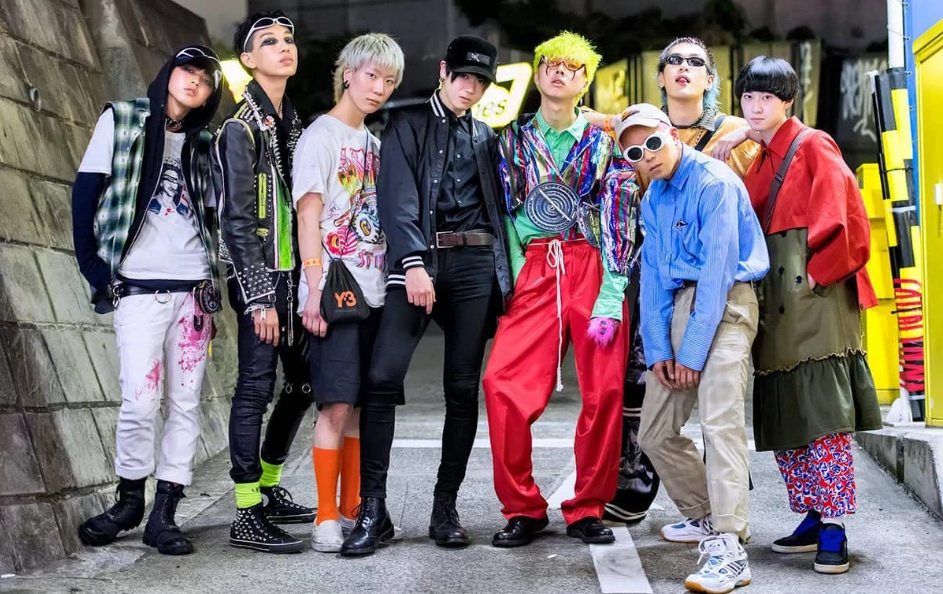For decades, all things Japanese, including Japanese fashion, have acquired a reputation for being futuristic, avant-garde, eclectic, and a little bit “out there.” Western perceptions of Japanese fashion often include the exaggerated Harajuku street style popularized by the likes of Gwen Stefani in the 2000s or the deconstructed and heavily conceptual garments designed by maestros like Yohji Yamamoto, Rei Kawakubo and Junya Watanabe. In the 2010s, hip-hop artists like Kanye West, Pharrell, and A$AP Rocky took the popularity of Japanese streetwear to new heights. At the same time, K-pop took over the world and along with it “K-pop fashion” — inspired by Japanese workwear, streetwear, and American hip-hop style — became the new “cool.”
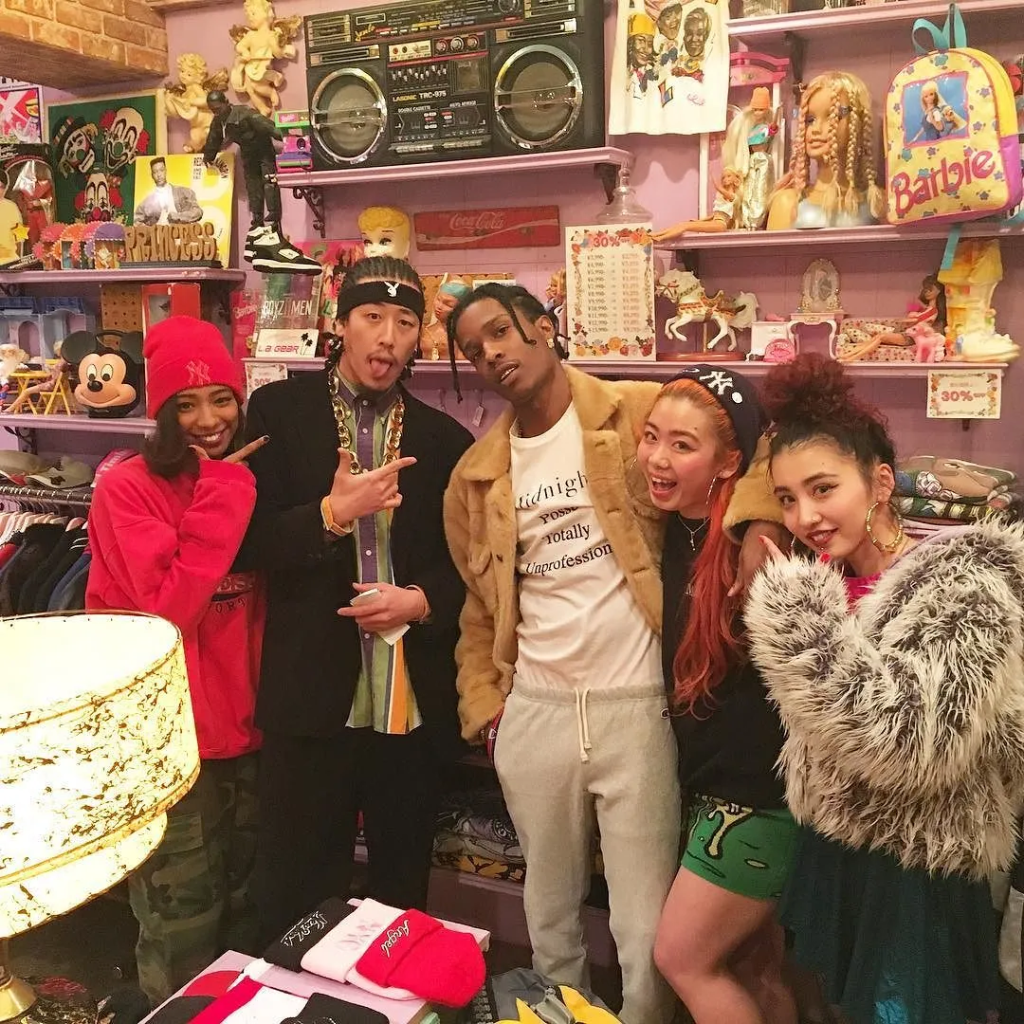
The eclectic maximalism of Japanese streetwear is the beating heart of Y2K fashion. American corporate wear, as seen on Steve Jobs and other Silicon Valley moguls, owes much to Issey Miyake and minimalist Japanese workwear. Streetwear’s enduring popularity has made Japanese brands like KAPITAL, BAPE, Undercover, and Wtaps “wardrobe essentials.”
The once niche subculture is now coveted high fashion luxury. This is further cemented by collaborations like Supreme’s 2020 partnerships with Yohji Yamamoto and Takashi Murakami. All of this is to say that Japanese fashion has permeated the mainstream in all arenas, but seldom is it ever given the credit that it’s due.
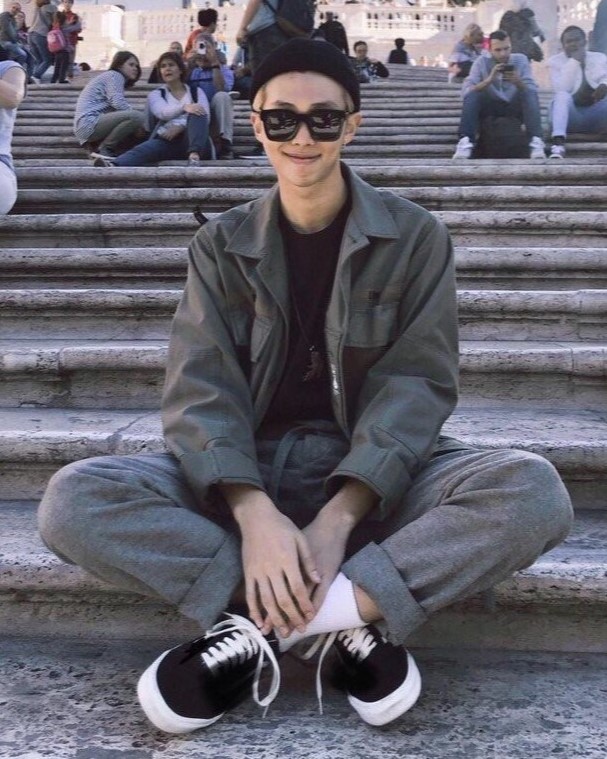
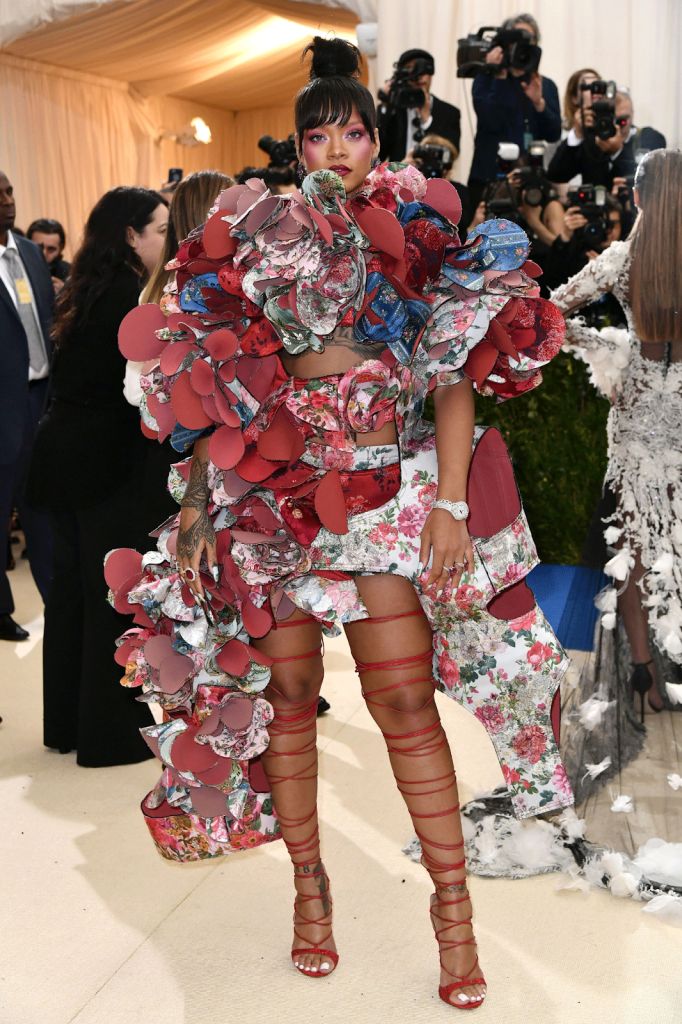
Punk, Kintsugi and DIY-Chic
Japanese fashion is known for being playful regardless of style and aesthetic. From the colorful kawaii “decora kei” styles associated with Harajuku to the industrial, almost brutalist styles associated with designers like Junya Watanabe and Yohji Yamamoto, there’s an inherent spirit of rebellion that pulses through the garments.
Looking within the context of “uniform culture” in Japan, where students and workers wear the same clothes everyday, personal style is developed as a reactionary effect to this enforced homogeneity and collectivism. Fashion becomes avant-garde, transgressive, and non-conforming, since it’s one of the few avenues of self-expression and individuality in a culture that values modesty, tradition, and order.
“I don’t like the word feminist. I don’t like the word ambitious. I do like the word anti-establishment.”
— Rei Kawakubo
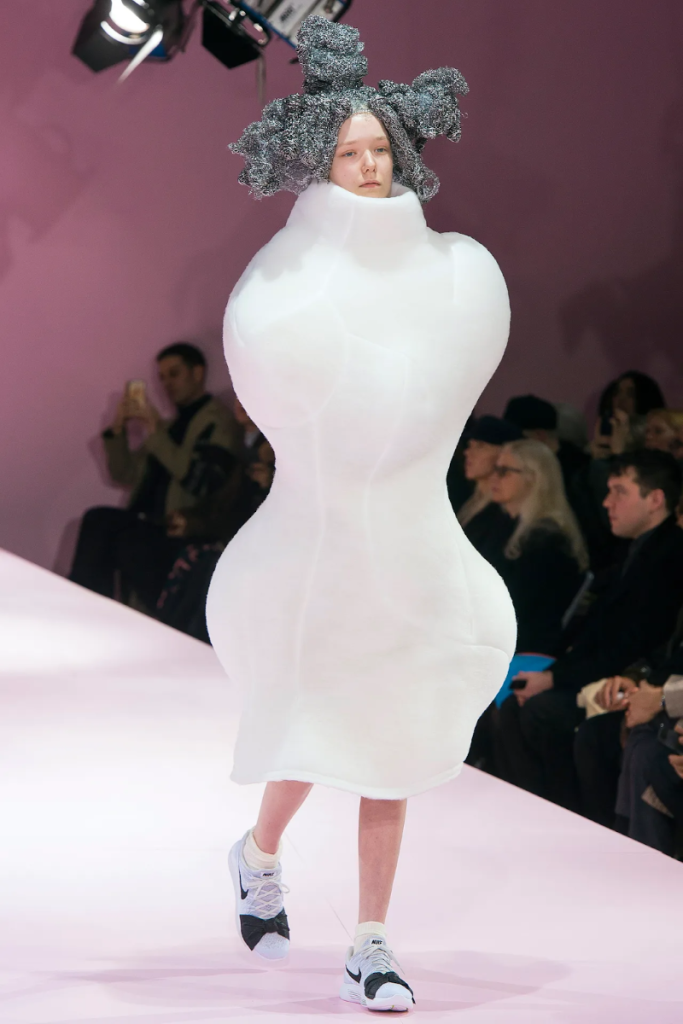
Ready To Wear 2017
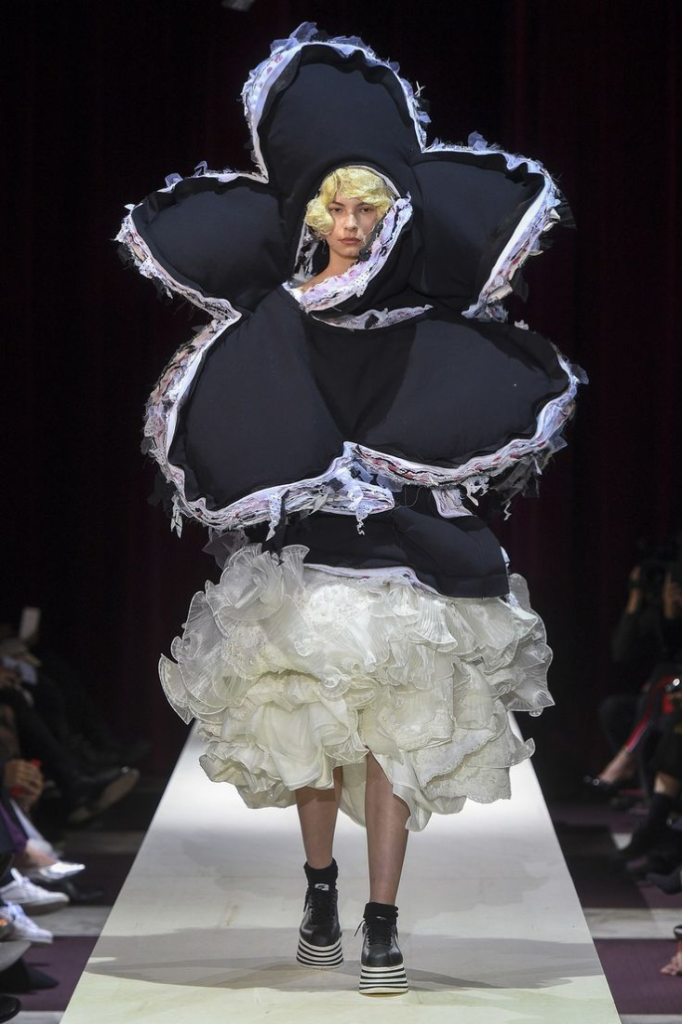
Ready To Wear 2018
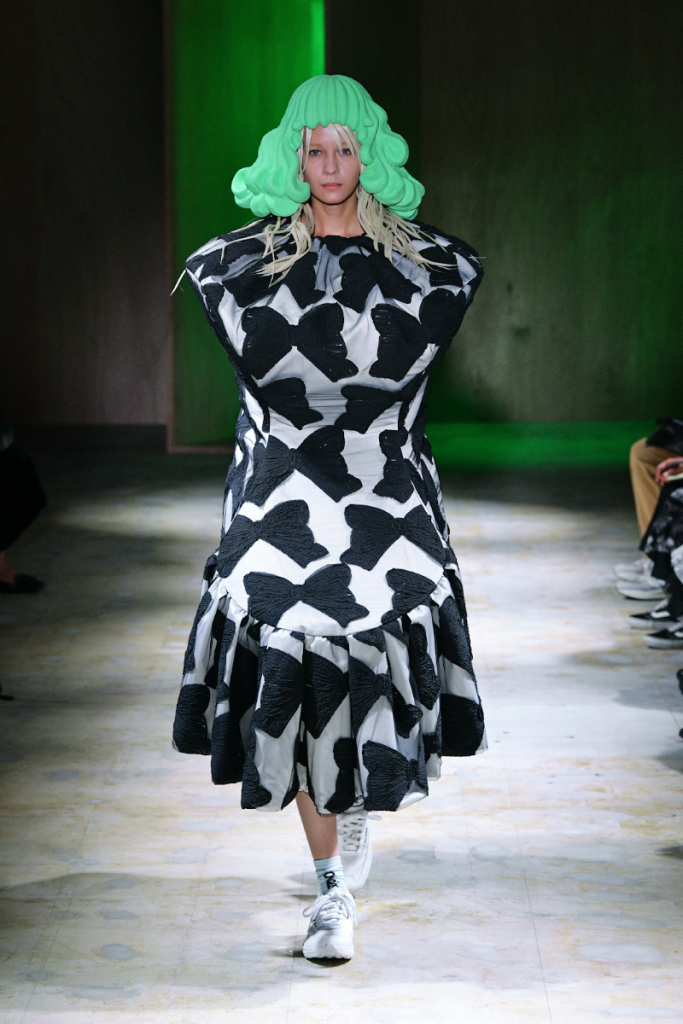
Ready To Wear 2022
Designer Rei Kawakubo, founder of the iconic Comme des Garçons brand, once said that she considers herself more “anti establishment” than a “feminist.” Known for her “anti-fashion” sensibility and genderless clothing, it’s very revealing that the iconoclast thinks of rebellion in terms of going up against the status quo as a whole. To assert oneself, as radically as Kawakubo does through her work, means rising up against the very fabric of Japanese society that prioritizes the collective over the individual and further subjugates women through strict gender roles. Then, to have style in a society that expects everything to have function is to be anti-establishment.
In a 2015 video by Refinery29 about Harajuku Girls, Cat, a German expat and Decora Kei style aficionado says, “Decora fashion is fun fashion! It’s very against the mainstream of things. It’s not in a magazine, it’s not elegant — it’s very much ‘BOOM!’ in your face … It’s the freedom of expression. You don’t have to look the same everyday. You wear the things you love the way you want to wear them. This is not a label. It’s not someone else’s thing, it’s my thing!”
This sums up the ethos of Japanese fashion and its numerous subcultures. In today’s world, infested with a gazillion trends and an endless stream of content catering to every “aesthetic,” there’s a paradoxical effect that has led to the erosion of individuality and everybody looking more or less the same.
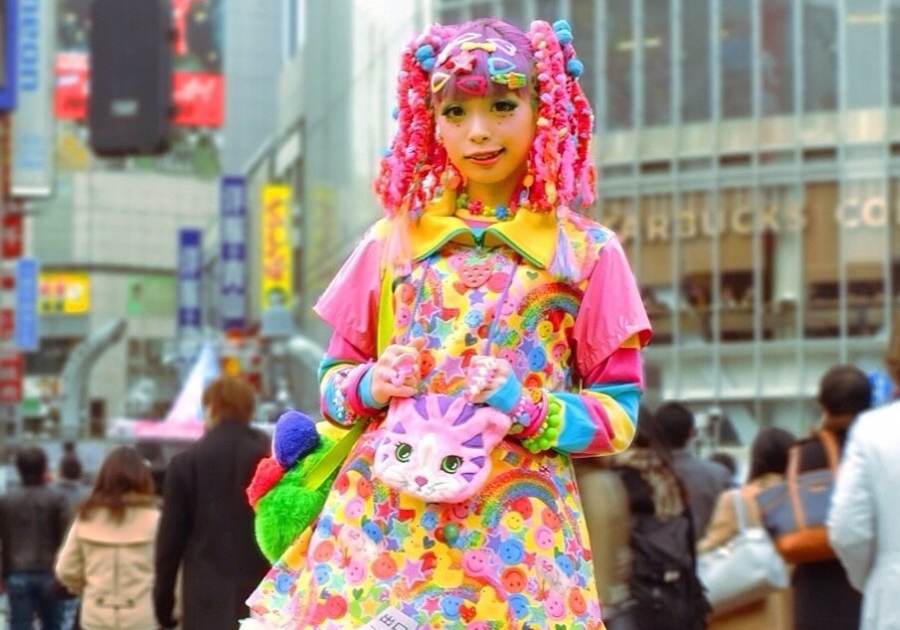
To do “you” and not conform to what’s contemporary, cool, or catered to the male gaze can seem virtually impossible. In the same video, another Decora girl chimes in: “Decora is empowering, we feel uplifted when we do decora.”
The kitsch-galore, bedazzled, eclectic, maximalist, and colorful style feels like freedom one plastic ring at a time. Simply, because no one expects you to look a certain way. You can be whoever you like. Fashion, especially for women, has always been tied to “looking good.” The point of styles like Decora Kei (and various other subcultures like Lolita, Jirai Kei, Fairy Kei, etc.) is not “being pretty.” The aim is strictly oriented towards having fun, which might have been the original purpose of fashion all along. It’s empowering because you’re not trying to fit in or appeal to anybody.
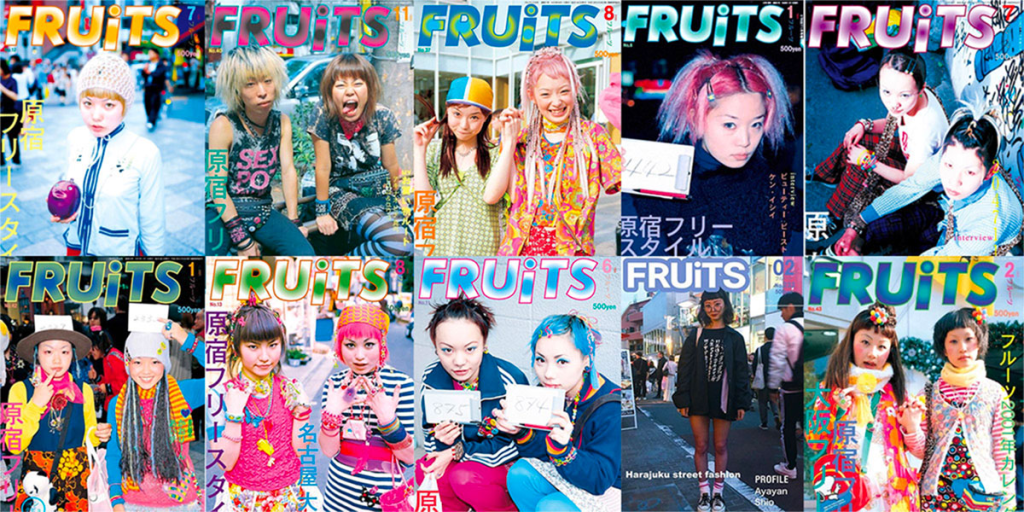
The Kintsugi of Kawaii
Kintsugi is the Japanese art of repairing broken pottery by mending the areas of breakage with powdered gold or other metals like silver and platinum. A similar approach seems to exist towards clothing as well. It is common to find specialized stores, particularly in the Shibuya and Harajuku districts of Tokyo, that repurpose unrelated garments to create unique, one-of-a-kind pieces. This is, by nature, a very anti-fast fashion approach. Not only because it reduces fabric waste, but because it creates pieces that could never be replicated in a factory.
This DIY-chic style has been captured since its inception by the now-iconic FRUiTS magazine (founded by photographer Shoichi Aoki) and, more recently, by Instagram accounts like @tokyofashion. It has amassed almost a million followers and serves as a testament to the undying popularity of Japanese streetwear.
Traditionally, Japanese aesthetics have been heavily influenced by Zen Buddhism. Wabi-sabi, for instance, is the aesthetic defined as “the beauty of things that are imperfect, impermanent, and incomplete.” In The Notebook of Cities and Clothes, a 1989 documentary directed by noted filmmaker Wim Wenders, designer Yohji Yamamoto says:
“The perfect symmetry object, this is in human being; they aren’t beautiful for me. Everything should be asymmetry. Maybe I’m missing some of English vocabulary. Some precious feeling of human beings, like graceful, or decent, or kind, or gentle — those are coming from asymmetry. Balance… I feel it. So when the thing is made in perfect symmetry object, that means… for me that means ugly. Because you don’t fit the human beings hands, or sweat, or ‘something’ to make this. Because, if you are human beings, you cannot make perfect things. Things come out like this [leans to one side], so that makes me very emotional. That makes me love it. So, when I make something with a little bit of symmetry, finally; I always want to break. To destroy a little.”
This desire to make things imperfect or even destroy its original form informs much of the ethos behind avant-garde haute couture produced by Japanese designers like Yamamoto himself. However, even when the end result seems a bit eccentric, bizarre, or extreme, there’s undeniable orderliness and precision apparent in its creation. The craftsmanship of Japanese clothing is always impeccable.
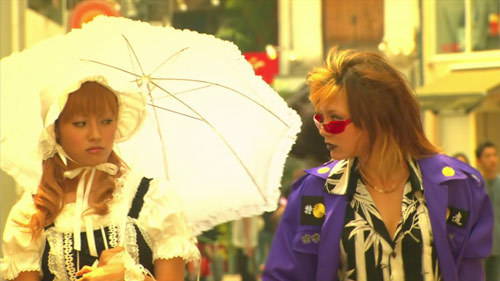
Reflecting on the overall playful approach to fashion, high fashion designers also seem to embody a similar approach of not taking it too seriously. “Fashion is something you attach to yourself, put on, and through that interaction the meaning of it is born,” says Kawakubo. “Without the wearing of it, it has no meaning, unlike a piece of art. It is fashion because people want to buy it now, because they want to wear it now, today. Fashion is only the right now.”
“Fashion is not art,” says Yamamoto. “At the beginning, fashion is making clothing. And only after making clothing, some of it can become art. Clothing is not art from the beginning, it becomes so afterwards. … On the body.”
The message is clear. Clothes are just clothes. They become purposeful when they’re worn.
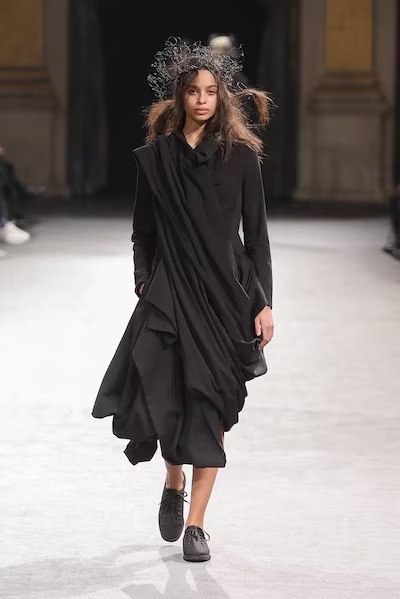
Autumn 2023 Collection
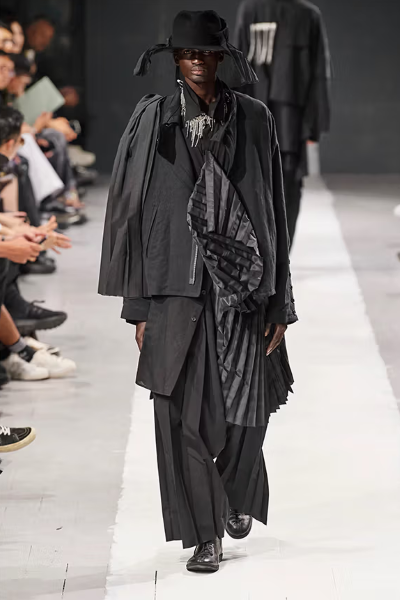
Spring 2024 Collection
Kawakubo, whose asymmetrical, abstract silhouetted garments ignore form, once rightfully said that one only needs audacity to wear her clothes. In a world where people constantly punish themselves to “fit” into clothing or mold themselves to a certain style, this approach is immensely freeing. “Clothes are only completed when somebody actually wears them,” she said to Interview. “If they were art, they could be more abstract. As long as something is new and has never been seen before, I don’t mind if people call it art. Wear them if you dare.”
In 2024, everyone from Rihanna to New Jeans can be seen sporting Japanese designers and brands. To be a fashionista is to be a maverick. The essence of style has always been how we wear clothes, not what we wear. This seems to be the biggest lesson from Japanese fashion. Be it the boxy, deconstructed, and genderless styles of haute couture fashion or the exuberant Kawaii maximalism of Harajuku girls, as long as you dare to do it, you can get away with it in style.
Header: K-Selection

